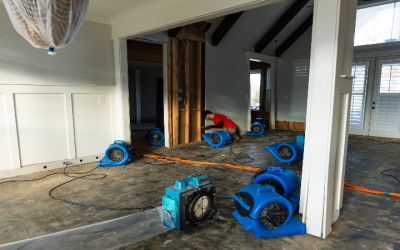There are different kinds of stainless steel and each has their own unique set of properties and uses. It’s important to understand these details in order to find the right type of stainless steel for a project. Here are some basic facts about 405 stainless steel and some of its common applications:
Basics
Before delving into the many uses of stainless steel, 405 in particular, it’s important to explain what makes it different from other types. Stainless steel is categorized into five different groups, each having a particular set of characteristics. Without going into too much detail about the five groups, the focus will be on the ferritic group, with which the 405 belongs to. Basically, this type of stainless steel is made with an amount of chromium, about twelve to seventeen percent, and very little carbon – less than one percent. There are also small amounts of other metal alloys, such as aluminum, titanium, and molybdenum.
This combination of metals means that ferritic stainless steel has above average formability and ductility. It is also resistant to corrosive agents and stress corrosion and cracking. The downside to having these properties is that 405 stainless steel, or any ferritic stainless steel for that matter, can’t be strengthened or made stronger by any kind of heat treatment. It can, though, be cold-treated, strengthened, or made softer through annealing. This group of stainless steel metals is typically a bit cheaper than other types because they have smaller amounts of nickel and chromium. It’s also the most widely used of the stainless steel groups.
Groups and Uses
It is important to understand that there are five distinct groups of ferritic metals and each have their own unique uses and properties. Group one has the fewest amount of chromium and is typically used in environments where there is a low chance of corrosion. It is often used in flat screen TV monitors, vehicles, and shipping containers.
Group two is the most common type and this has a slightly higher chromium level than the other groups. Group two is commonly used in washing machines, dishwashers, and other kitchen appliances.
Group three is easy to weld and form compared to the rest, and is commonly used in sinks, vehicle exhausts, and some washing machines.
Group four has a bit more molybdenum than the other groups, which makes it good to use for items that are more exposed to corrosive elements, such as water heaters and hot water tanks.
Lastly, group five has a relatively high chromium amount and is used in environments where there are plenty of corrosive elements such as offshore drilling sites.


